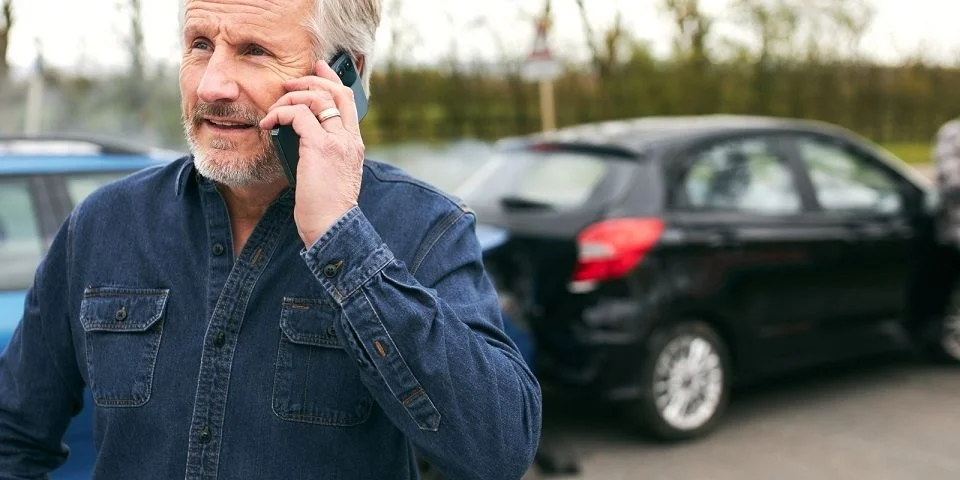Rear-end accidents are prevalent in Maryland. While these “fender benders” are common, they can result in expensive damage to vehicles and high medical costs. It doesn’t matter how careful you are while on the road; there is still a risk that another driver will act carelessly and hit your vehicle from behind.
If you are involved in a rear-end collision, you may wonder how to tell who is liable based on Maryland law and how to seek compensation for the damages and injuries you suffered. While the best option is to get in touch with a personal injury attorney specializing in these cases, you can also learn about the basics of liability here.
The Basics of Maryland Liability
In Maryland, drivers are considered liable for causing rear-end collisions if they fail to follow the established traffic safety laws, and if the other driver was not negligent in any way. Negligence occurs when someone has a duty to be careful but fails to abide by that duty. Every driver on the road has a duty to drive safely and to follow all traffic laws. If they fail to do this – and that failure results in an accident and injury to another party – that constitutes negligence.
The state of Maryland also follows something called the contributory negligence standard. This means that if a person contributed to the accident that took place, even in a small way, they are ineligible to recover any damages or compensation from the other person. If both drivers are found negligent when the accident occurs, they are both considered to be at fault and neither can recover any damages from the other.
However, in many situations, there is one driver who is solely responsible for rear-end accidents.
Your Responsibilities While Driving in Maryland
When driving in Maryland, it is required that drivers maintain a reasonable distance from the vehicle in front of them. There is no exact distance outlined in the law; however, drivers must pay attention to the traffic and road conditions to figure out the safe following distance. Drivers that follow another vehicle too closely are considered to be “tailgating.” If they rear-end the car in front of them, they are considered liable for the accident as long as the other driver was not driving negligently and following the established traffic laws.
While it is very unusual for the rear car to be faultless in a rear end accident scenario, it is possible. There have been situations where a car on a hill rolls back into the rear vehicle. Additionally, there are accidents where a phantom vehicle causes an accident and then flees the scene which could potentially relieve the identified rear driver from liability.
However, for the most part, the burden falls on the rear driver to maintain a safe distance. Even if the front vehicle breaks suddenly or fails to obey the rules of the road, that does not relieve the rear driver’s ultimate responsibility to keep a safe distance and maintain a proper lookout.
Contact a Personal Injury Attorney for More Help and Information
If you find yourself in this situation, it is best to contact a personal injury attorney for help. Having an experienced and knowledgeable car accident lawyer on your side can make all the difference and help ensure that you are fully compensated for your medical bills, lost wages, and pain and suffering.









